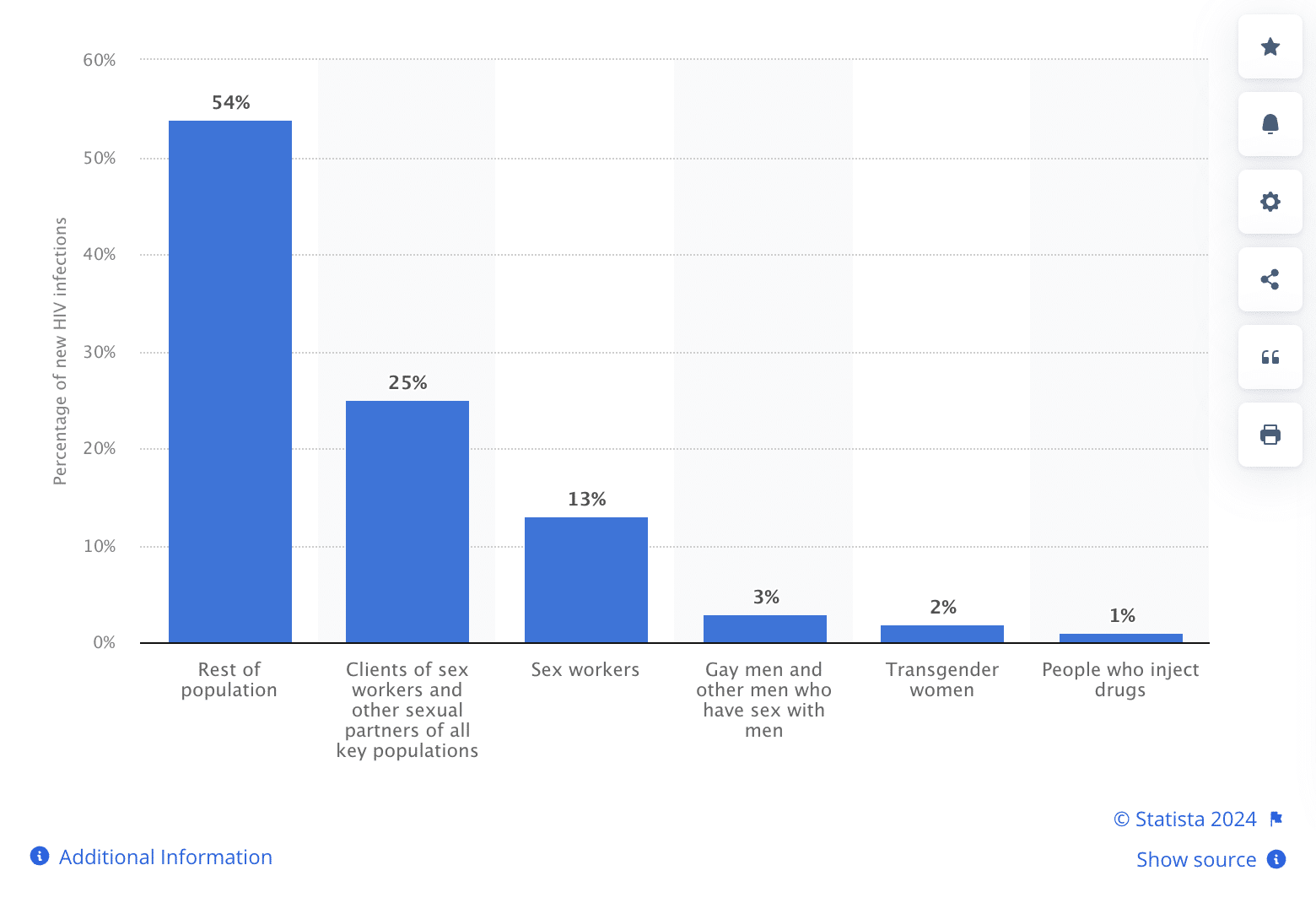Applying blockchain to good causes is a must | Opinion

Disclosure: The views and opinions expressed here belong solely to the author and do not represent the views and opinions of crypto.news’ editorial.
It’s a sad fact that a disease such as AIDS still carries a stigma that can all too often prevent people from seeking help, information, or treatments that could prevent its spread. Although decades of campaigning and medical research have ensured people in advanced democracies can access regular testing and medications that ensure HIV is barely detectable, other parts of the world aren’t as fortunate.
You might also like: Behind the curtains of blame and stigma: Blockchain and HIV | Opinion
Last month, at AIDS 2024, the 25th International AIDS Conference in Munich, a number of charitable and medical organizations came together to discuss how the current donation model can be improved so that issues related to privacy, costs, and efficiency aren’t the barriers they currently are.
Take, for instance, the case of a young man in sub-Saharan Africa who might be a member of the LGBTQ+ community and have concerns that talking to doctors or official bodies could lead to people knowing about his status. Even if the doctor he talks to respects patient confidentiality, medical records can be misplaced, and cyberattacks can see personal information leaked to third parties, which would understandably be a genuine deterrent.
Blockchain as a solution
The Elton John AIDS Foundation has recently started a new donation model using the Partisia blockchain technology that enables smart contract technology to automate the release of funds based on predefined conditions. This ensures money is used as intended, reducing the need for operational oversight. It also eliminates the need for intermediaries, and distributed ledger technology provides transparency whereby every transaction is recorded, reducing the need for third-party auditors to verify that funds have been received and spent as intended.
In addition to transparency, DLT can facilitate peer-to-peer interactions between donors and recipient organizations, eliminating traditional intermediaries such as transport companies, operations managers, and distributors, who understandably need to be compensated for their time. The elimination of intermediaries can also go hand-in-hand with reduced administrative costs associated with managing and distributing funds, allowing more money to go directly to the intended causes. The elimination of these intermediaries will inevitably make some people worse off as their jobs are no longer required; however, it will create a more streamlined process for donations to be made to those most in need.
More importantly, it enables people to maintain privacy and anonymity where previously it wasn’t possible. Using the blockchain enables people’s identities to be hidden behind a series of letters and numbers that the user controls and are unidentifiable. Granted, there are issues related to the user experience, such as miscopying long addresses or losing the all-important passphrases; however, it does provide a fundamental portal for people in need looking to receive aid. As of 2021, around 78 percent of people in Eastern and Southern Africa living with HIV were on antiretroviral treatment. However, access to antiretroviral treatment can vary drastically by country. New technologies and approaches have the potential to address the current lack of access some people face. Although HIV is usually associated with certain at-risk groups, such as people who inject drugs, men who have sex with men, and sex workers, these groups do not account for the majority of new HIV infections in Eastern and Southern Africa. In 2021, around 54 percent of new HIV infections in the region were among the population outside of these key risk groups.

Distribution of new HIV infections in Eastern and Southern Africa in 2021, by population group | Source: Statista
AIDS is just a disease and can impact anyone; however, prejudices and antiquated thinking have created a toxic legacy whereby people needlessly continue to be infected and die prematurely. Now is the time for fresh thinking on how we tackle this crisis and harness new technologies to educate, empower, and connect people with the resources that would previously been unavailable to them.
Blockchain is often criticized as a solution in search of a problem or the solution to all problems; although some of its proponents can be overly zealous in their proselytization, its application has enormous potential in regions of the world that have traditionally been excluded from technology and services we take for granted in the advanced economies. Now is the time for policymakers and charities to take a more imaginative approach to how they tackle long-standing problems that have held back progress for decades. Blockchain technology has the potential to eliminate problems related to costs, friction, privacy, and data security. Now is the time to put it to use; the consequences of inaction are simply too high.
Read more: Blockchain tech will transform global water access and management | Opinion
Bakyt Azimkanov
Bakyt Azimkanov is the head of communications at Partisia Blockchain. Bakyt is an award-winning communications leader and seasoned journalist. He built his expertise by working for renowned media companies like BBC World Service, Thomson Reuters, and Radio Free Europe. He has since led communications teams at Cardano and EY, among others. Bakyt has received numerous accolades, including the European Union Scholarship and the George Soros Open Society Institute Scholarship. He holds two master’s degrees in business and financial journalism and in communications and media studies.




 Bitcoin
Bitcoin  Ethereum
Ethereum  Tether
Tether  Dogecoin
Dogecoin  USDC
USDC  Cardano
Cardano  TRON
TRON  Chainlink
Chainlink  Stellar
Stellar  Hedera
Hedera  Bitcoin Cash
Bitcoin Cash  LEO Token
LEO Token  Litecoin
Litecoin  Cronos
Cronos  Ethereum Classic
Ethereum Classic  Monero
Monero  Dai
Dai  Algorand
Algorand  OKB
OKB  Cosmos Hub
Cosmos Hub  Stacks
Stacks  Theta Network
Theta Network  Gate
Gate  Maker
Maker  KuCoin
KuCoin  Tezos
Tezos  IOTA
IOTA  NEO
NEO  Zcash
Zcash  Polygon
Polygon  Synthetix Network
Synthetix Network  Tether Gold
Tether Gold  TrueUSD
TrueUSD  Dash
Dash  Holo
Holo  Zilliqa
Zilliqa  0x Protocol
0x Protocol  Enjin Coin
Enjin Coin  Qtum
Qtum  Basic Attention
Basic Attention  Siacoin
Siacoin  Bitcoin Gold
Bitcoin Gold  Ravencoin
Ravencoin